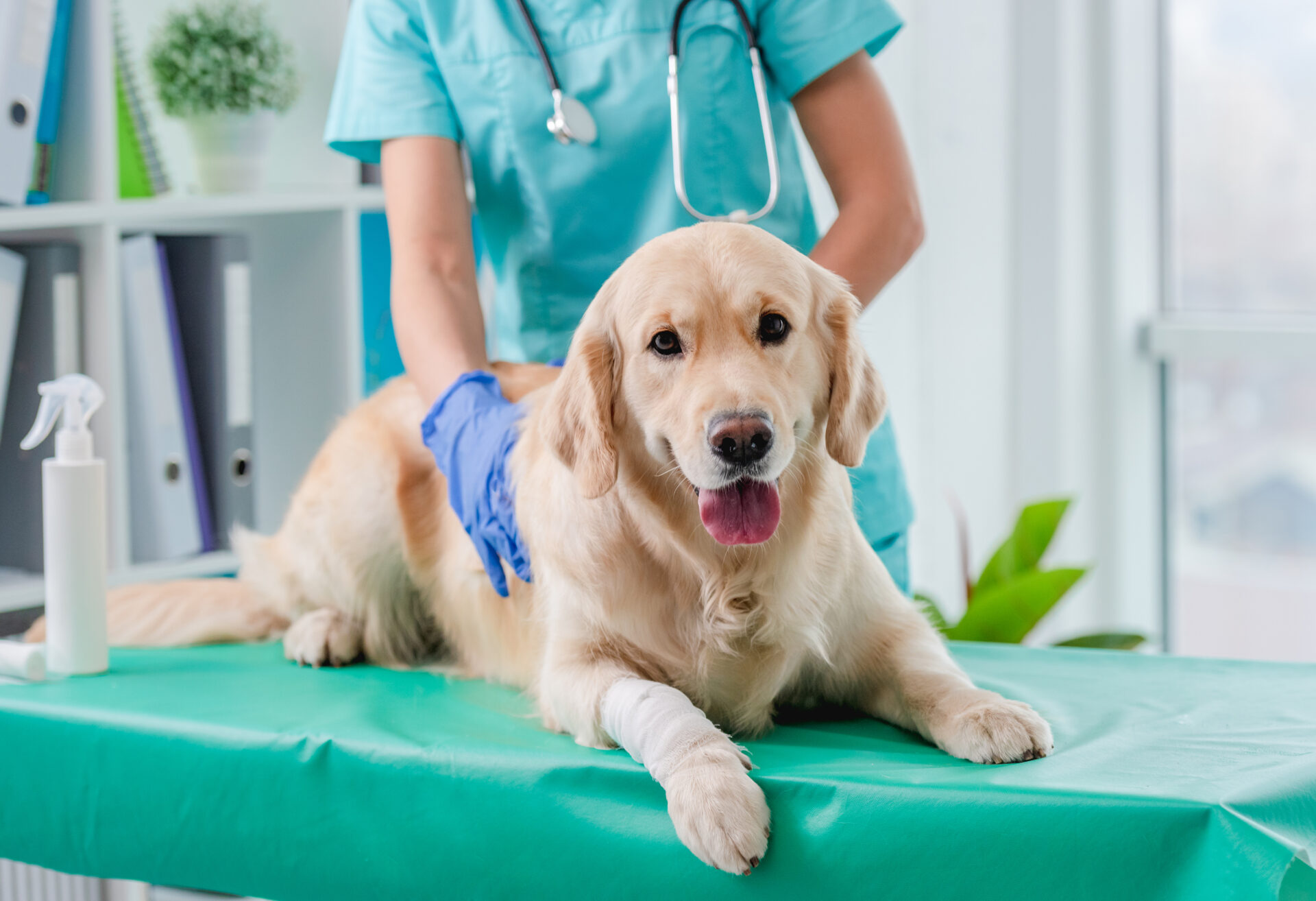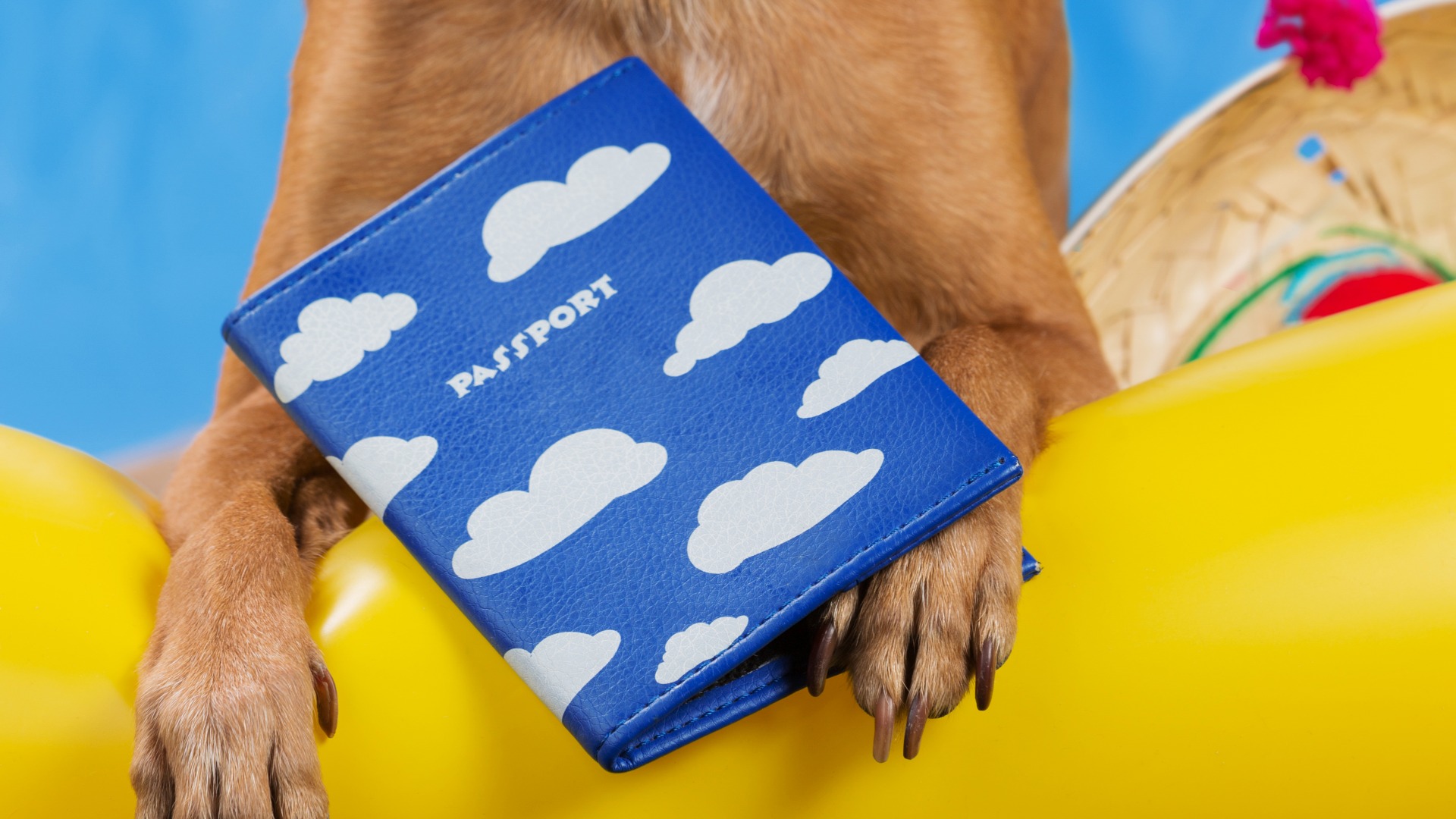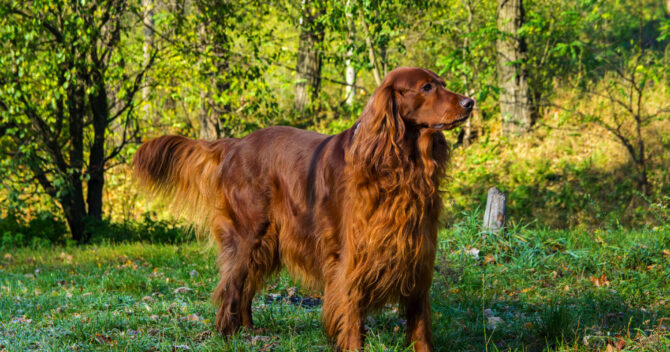Worm invasion
It should be emphasized that virtually all animals have a small number of worms. However, under certain conditions, the numbers of these parasites (usually of only one species) suddenly begin to increase. A growing colony disturbs the natural biological balance of the body, and their parasitic lifestyle, consisting in the absorption of valuable nutrients necessary for the proper functioning of the animal's body, is a threat to the dog's health. Initially, the relatively passive existence of worms is asymptomatic, because their vital activity, due to their small number, does not cause much damage to the organism of the quadruped. For this reason, sometimes dog owners forget to regularly check for helminthiasis. Few people know that helminth infestation in weakened or young animals can be fatal. Worms in a dog, firmly embedded in the animal's body, are able to penetrate into all organs and severely damage them. Therefore, control and prevention in this area is strongly recommended.
Worms in a dog - types
There are many species of worms known in the world. However, we will focus on the most common in our country.
Tapeworms
This parasite belongs to the group of flatworms. It consists of limbs and is usually up to 80 centimeters long. The tapeworm colonizes the small intestine, damages the mucosa and attacks various internal organs of the dog, disrupting the functioning of the brain, intestines, heart, lungs and also the liver. The dog most often becomes infected with tapeworm from other animals that are already carriers. Infection occurs after eating flea or lice larvae that carry tapeworm eggs. Symptoms mainly concern the digestive system and compulsive licking around the anus.
Roundworms
It is a common intestinal parasite. Canine roundworm (Toxocara canis) can reach a length of up to 20 cm and usually causes gastrointestinal problems. It is especially dangerous for puppies but also causes health problems in adult dogs. It starts its way in the development cycle in the digestive tract and ends in the small intestine, where it lays eggs. Ascarids that do not pass the entire cycle encapsulate and remain dormant. This form of roundworms is extremely dangerous. It is able to survive even an intensive deworming process. The dog becomes infected with roundworm larvae most often through the milk of an infected mother, consumption of meat contaminated with spore form of roundworm, contact with faeces of a sick animal, licking the anus and hair with roundworm larvae.
Hookworms
Another common type of worm is the canine hookworm (Ancylostomatidae), which is only about 1,5 cm long. Despite its relatively small size (compared to tapeworms and roundworms), it is very dangerous. Hookworm infestation, especially in puppies, can be fatal. Both the eggs and the larvae live in the soil, where they wait for the future host. The most common cause of parasite infection is the accidental ingestion of hookworm eggs or larvae by a quadruped, e.g. while playing with a stick, digging in the ground or licking fur stained with soil. Another way of infestation is through the skin and through the milk of a mother suffering from helminthiasis.
Worms in a dog - how is it infected?
How a dog becomes infected with internal parasites depends primarily on the species of worm. Parasite infection usually occurs through the ingestion. We present the most common possibilities:
- Fleas serve as an intermediate host for many worms
- mother's milk
- excrement
- raw meat
The contagious factor can also be transferred through the skin, through insect bites.
Watch out for signs and symptoms of worms in your dog:
- worm eggs, rice grain-like segments (individual links of a tapeworm), or of course whole worms (often in roundworms) in stool
- weakness, apathy
- vomiting (even several times a day), worms in vomit
- loss of appetite
- weight loss
- diarrhea. Liquid faeces, watery or contaminated with blood
- constipation
- dull fur
- itching especially around the anus
Long-term worm invasion leads to changes in blood counts. Liver enzymes and the white blood cell count are often abnormal. Damage to the intestinal mucosa causes anemia, which increases with the multiplication of parasites. Invasion of lungworms can also have dangerous consequences: it often starts with a dog's lack of appetite and ends with a blood clotting disorder.
What to do when a dog has worms?
If you notice one or more of the symptoms listed above in your dog, we recommend that you see your vet as soon as possible. We must be aware that the longer worms parasite in a pet's body, the more damage they can cause. There is also a growing concern that worms will spread to other household members, friends or animals. Your veterinarian will help determine the type of parasite and take targeted action against it.
It is worth emphasizing that not every worming agent is equally effective in combating a specific type of worm. Therefore, for the treatment to be effective, it is necessary to select the appropriate medication and the right dose for a particular dog. Deworming agents are usually in the form of tablets, but more and more often you can find preparations in liquid form, in the form of a paste or drops for use on the nape of the neck. Usually one dose of the drug is enough. However, if the infection is severe, it may make sense to repeat the treatment after a few weeks or to have a stool test performed. It is worth using this diagnostic method because a negative stool test result eliminates the need to re-administer the drugs.
Dog worms - how to prevent them?
As you can see, worms can enter a dog's body in many ways. Therefore, we will not find 100% protection against worms, but it is always worth taking preventive measures. One way is through preventive deworming under the supervision of a veterinarian or by regular faecal examination. In general, a minimum of 4 dewormings per year is recommended. Studies have shown that 1-2 treatments per year do not provide sufficient protection. Besides, you should:
- observe your pet during a walk to prevent eating smelly bites (unfortunately attractive to dogs)
- be careful with raw meat, which may contain worms invisible to the naked eye, the meat should be boiled or frozen)
- take care of protection against insects, and after flea infestation, apply preventive deworming (of course, after consulting a veterinarian)
- hide the shoes in the locker, because most dogs cannot resist their shoes and we can carry worm eggs into the house on their surface
Maybe you'll like it:



